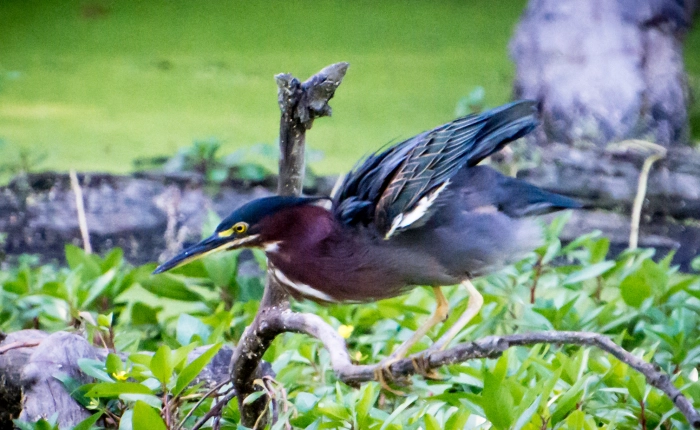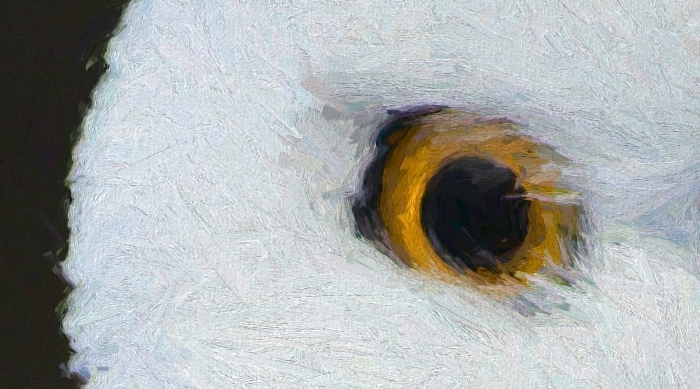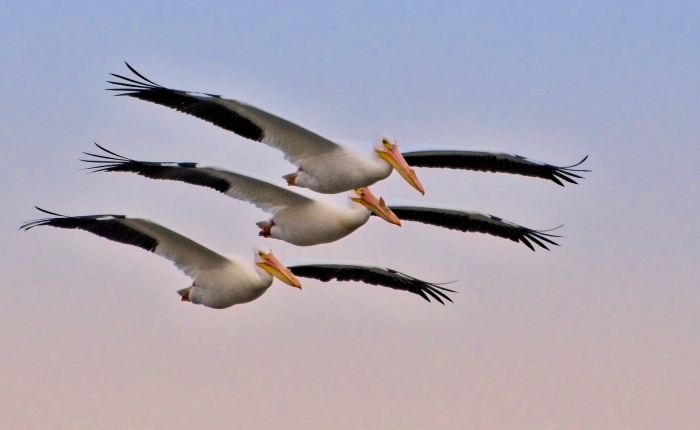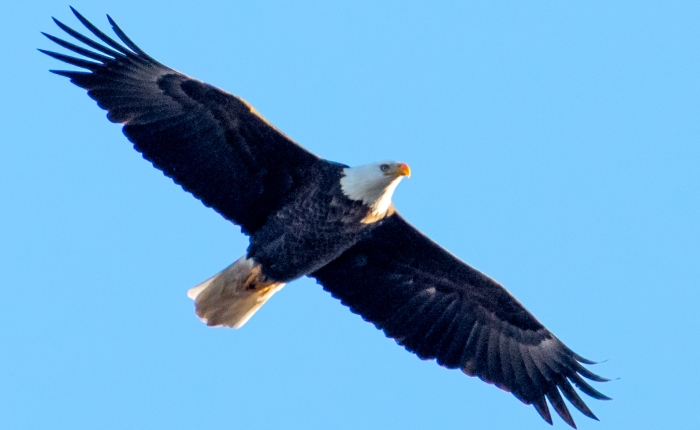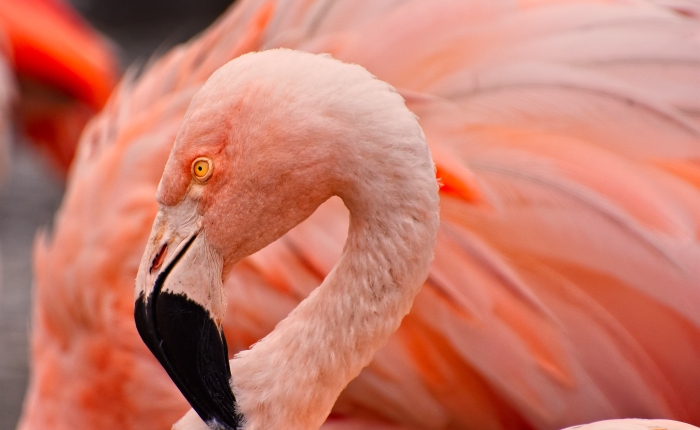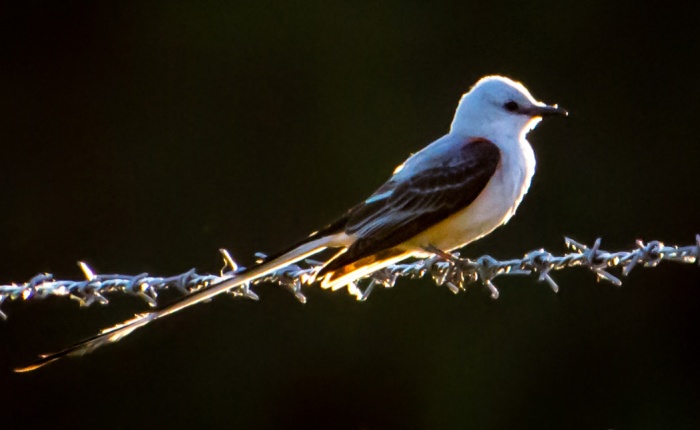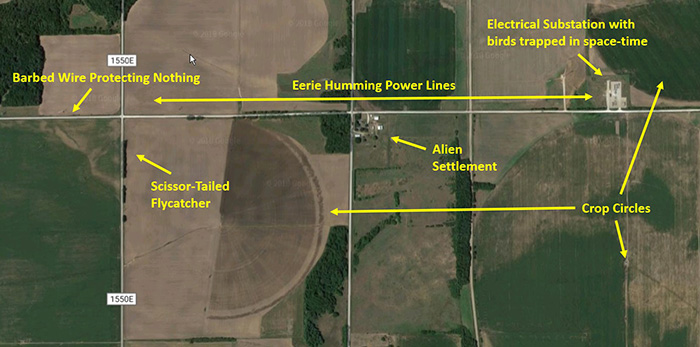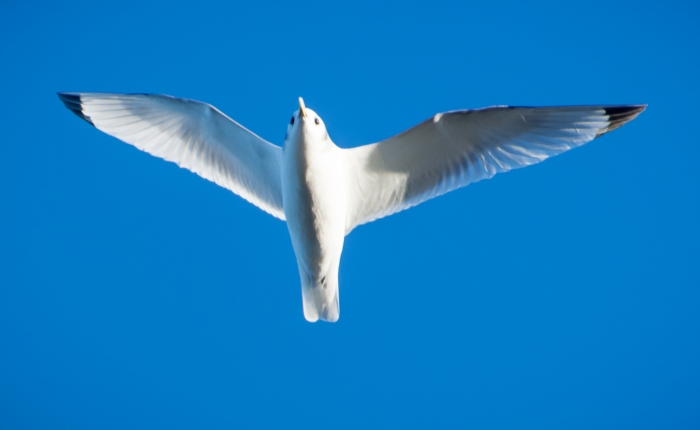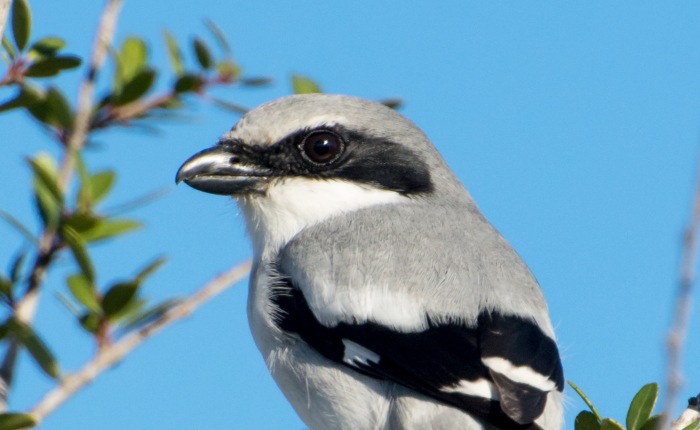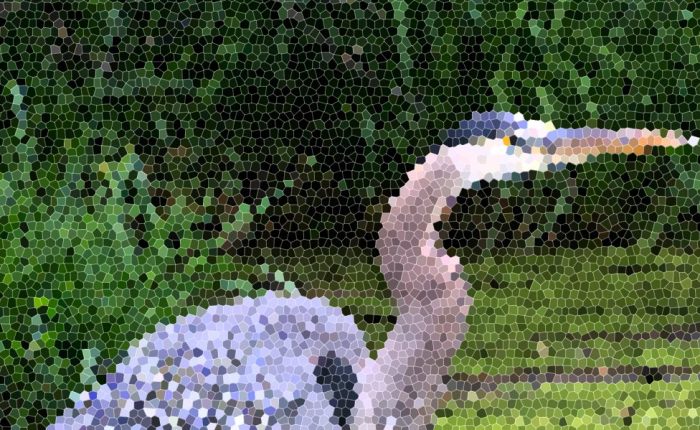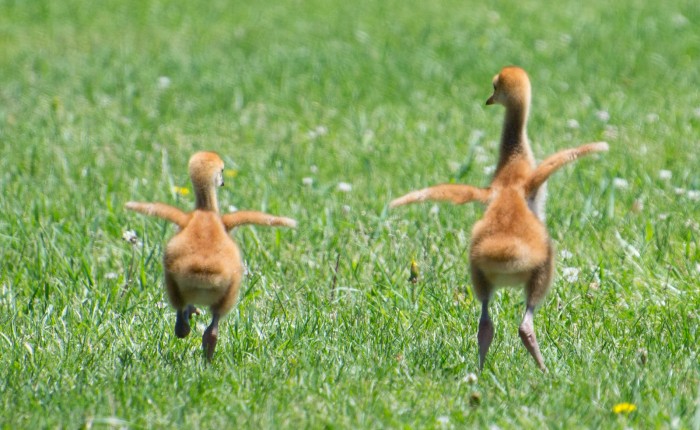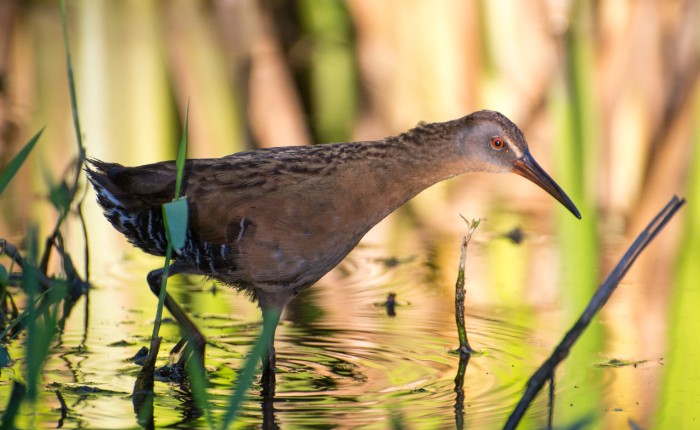You’re out birding and you hear a distinctive bird song–how do you find out what bird it is? This post describes a few ways to find out.
I’ve often read that the better birders identify 80% of their birds by sound. Not sure I believed it at first. After birding in earnest for several years, in which I’ve met a lot of birders, I think that percentage may be on the low side. When birders are in the field they open their ears to background sounds and really are in tune with the nature around them (a real experience in mindfulness).
I’m not much of an audio person, mostly a visual learner. Give me a set of verbal directions and I can’t remember past the first few. Say a word in another language and I struggle to repeat it immediately back. I have trouble remembering what was said in meetings or lectures, although learning piano helped that enormously. And I’m not great at remembering bird songs from year to year.
The easiest thing to do, I suppose, is to send an audio recording to a birder you know and just ask them. Beyond that, here are three methods I’ve used to identify a North American bird from a recording:
-
- Upload the audio file to the BirdNET site for analysis
- Use the Peterson Field Guide to Bird Sounds of Eastern (or Western) North America
- Ask for help on Facebook
These are described below. I hope you find them helpful.
Continue reading “How to Identify a Bird from an Audio Recording”

